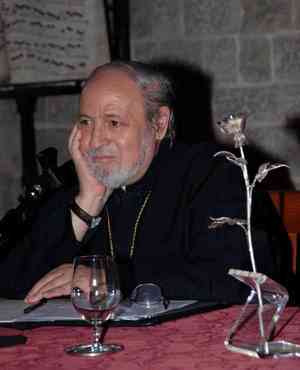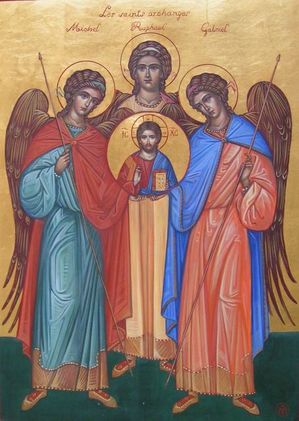See that you do not despise one of these little ones…
 God of tenderness and mercy,
God of tenderness and mercy,
Choosing weak, confounding strong,
Telling all of heaven’s secrets
To the child that for you longs;
We give thanks for boundless kindness
Shown to this, your little one,
Who, in midst of earthly darkness,
Sought the radiance of your Son.
For Thrérèse, your little flower,
We lift up our song today–
In her life and in her teachings
We are led the “little way,”
From self-seeking to self-knowledge,
That we all might serve in love.
Give us strength to thus surrender;
Shower graces from above.
From her hidden life in Carmel,
You have raised her as a light
In your Church for all your people,
Drawing us from sinful blight
Into fellowship with Jesus,
Image of the Father’s face:
Grant us mission spirit fervent,
Preaching you to ev’ry race.
Teach us by her great example
How to treasure sacrifice;
Show us that small acts of loving
Are true gifts, beyond all price.
As she did, so let us utter,
“Jesus, help me love you more!”
In our lack of might and power,
Let us praise you and adore.
God of mercy, love, and blessing,
Father, Son, and Spirit great,
To your name we give the glory
As your coming we await.
Working here to spread your Kingdom,
Lead us in your little way
Till Thèrése and all your faithful
Sing your name in endless day!
J. Michael Thompson copyright 2010
87 87 D; IN BABILONE, BEACH SPRING









